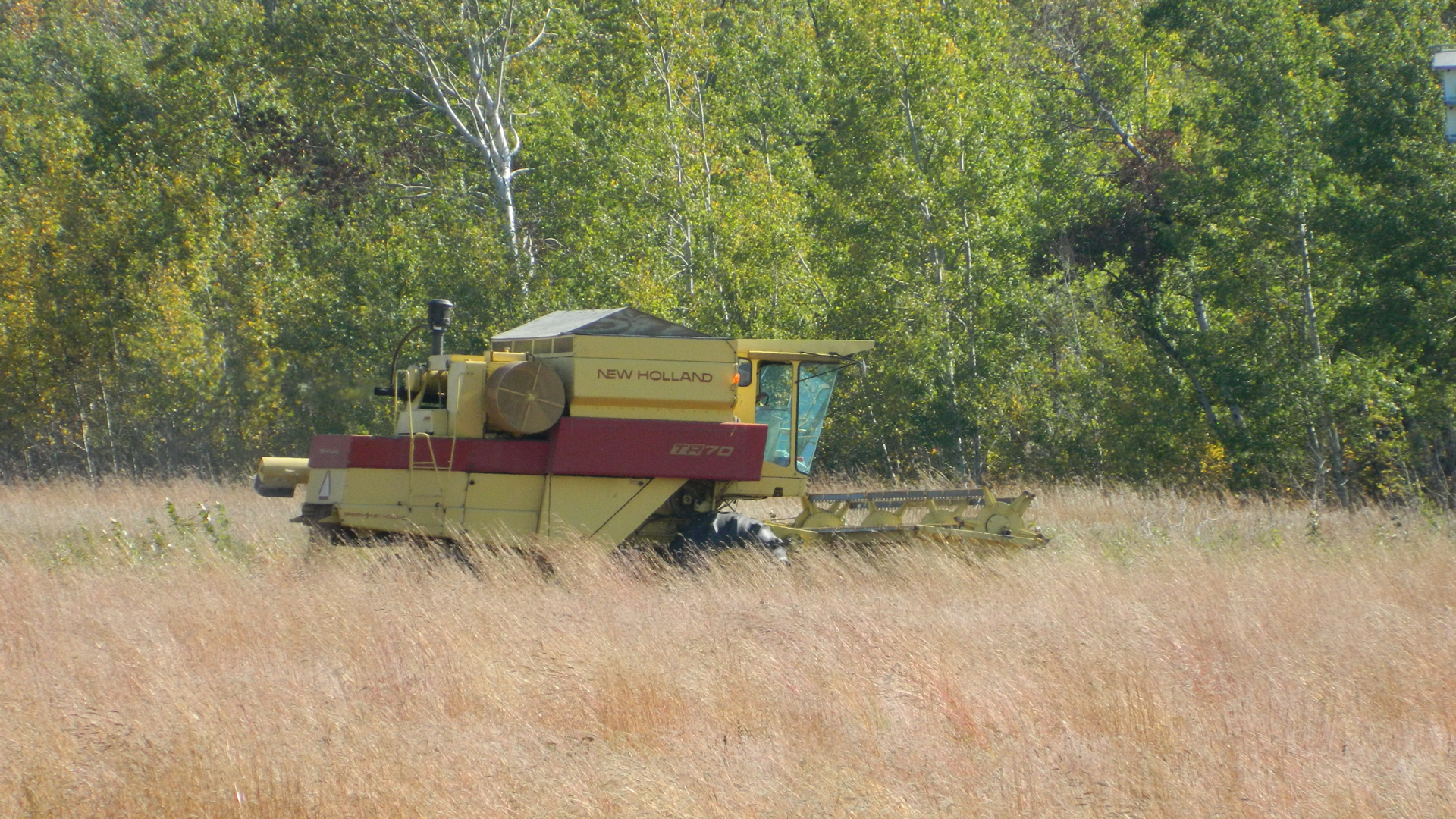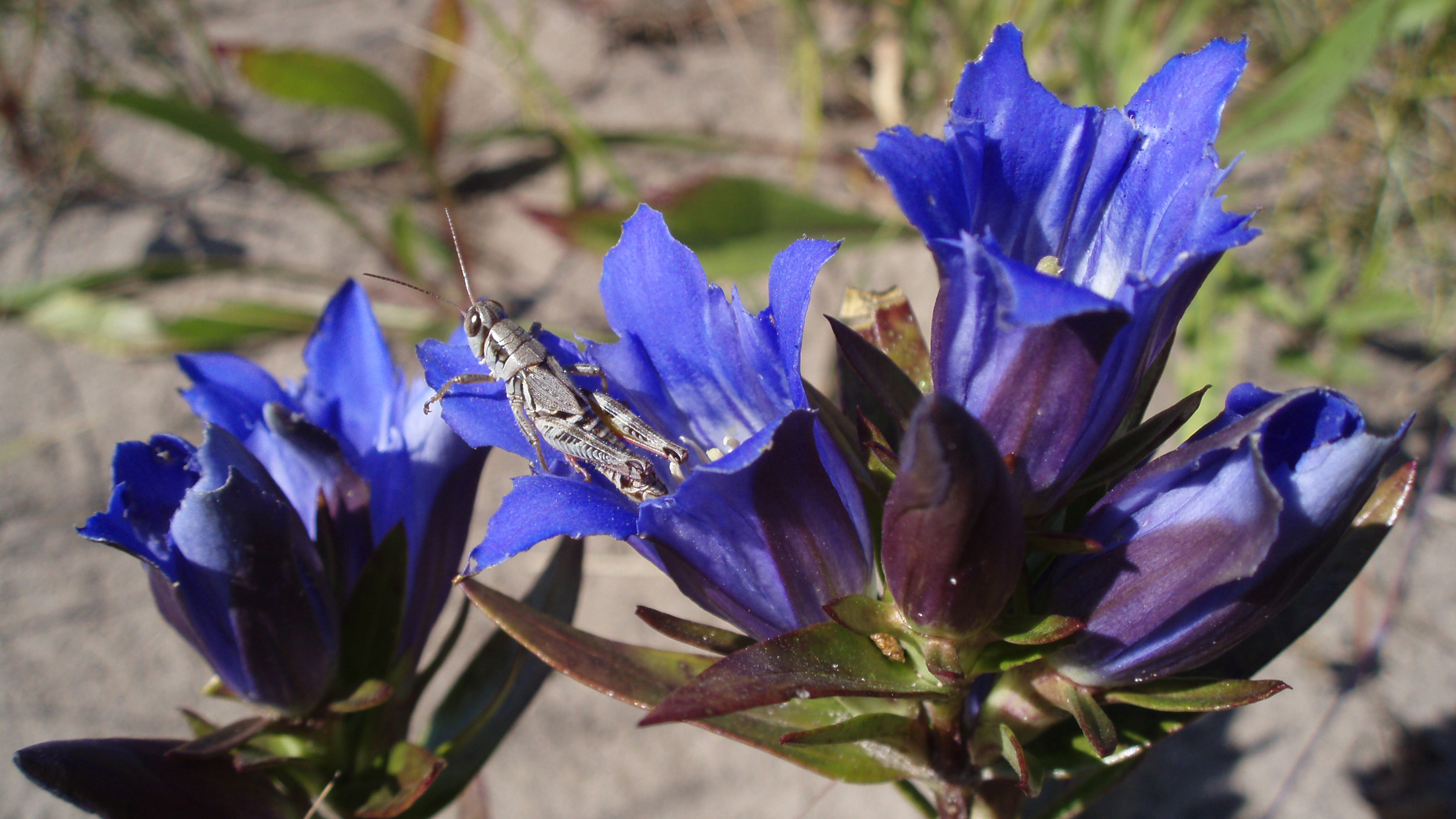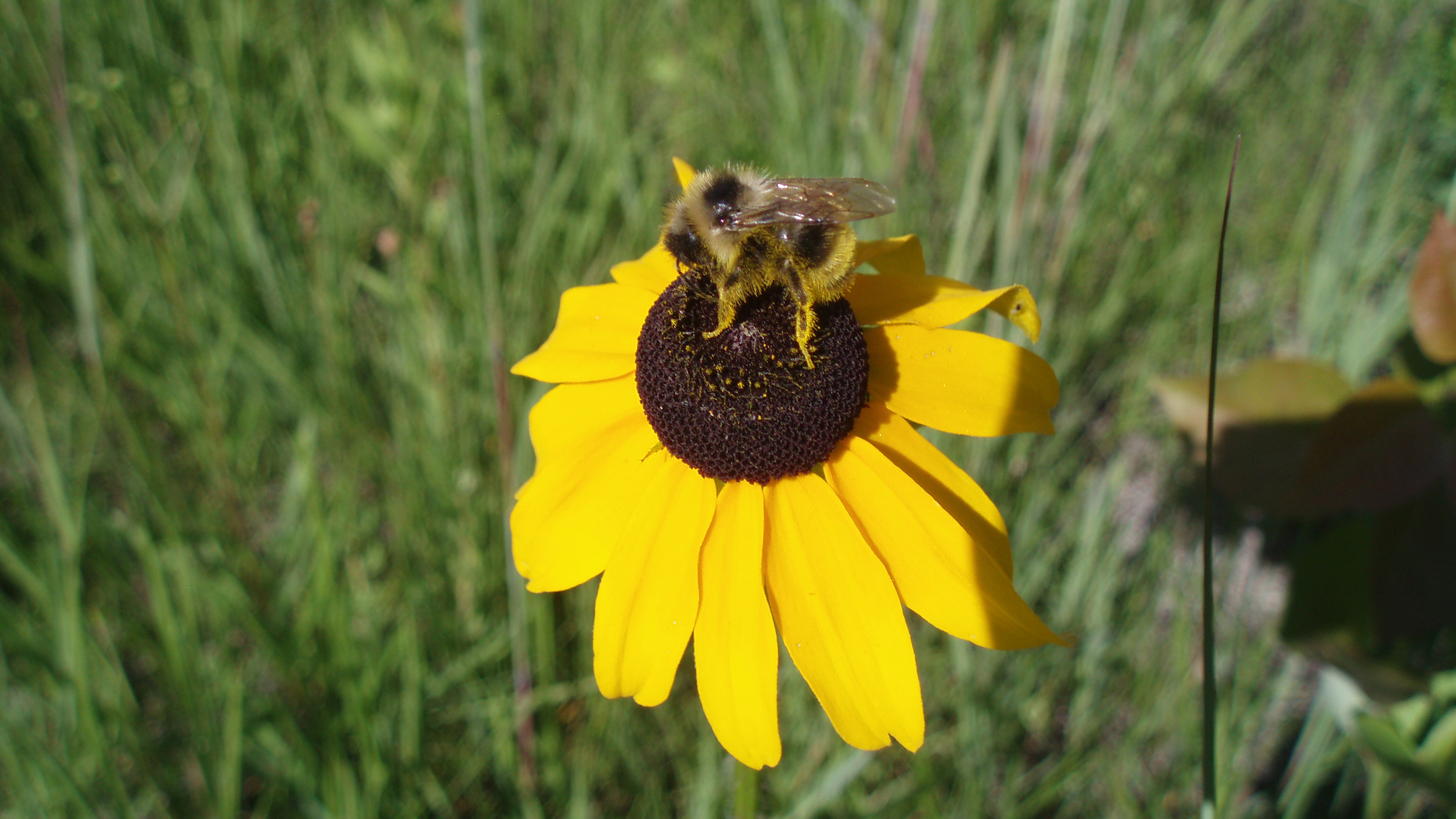Each year, Nature Conservancy staff engage in a treasure hunt. We’re seeking something rarer than precious gems, and more valuable per ounce than silver. This treasure appears every year for a short time, and then disappears. We are looking for seeds of native plants to sow on our preserves.
In my area, the Tallgrass Aspen Parklands, we try to find as many species as possible to add to a planting. It is important to make sure that there are flowers blooming throughout the season, so insects that depend on nectar, such as bees, always have something to feed on. Having a wide variety of native plants will support a wider variety of other creatures, especially insects.
The Tallgrass Aspen Parklands is on the northern edge of the tallgrass prairie. Only a small portion of prairie plants make it so far north. This means that our treasure hunters have a smaller selection of options when it comes to building a seed mix.
Further complicating matters is that human activities, such as farming, have destroyed most of the prairie, and have altered most of the rest. These activities have made some plants very rare, even previously common species. This leaves our prairie scientists with an interesting question: is a plant rare in the area due to the range issue, or is it rare due to the fact that people have made it a tough place to live?
Collecting seed and planting it is one way to help answer that question.

This is why our staff was very excited to hear about a previously unknown blanket flower population on some county land near our planting. While blanket flower is a fairly common prairie plant, it is very, very uncommon in the Tallgrass Aspen parklands. It would be a valuable plant in our seed mix because it is a plant that many different insects like to feed on. It also blooms for a long time, starting in June and ending in August.
On top of that, it’s very pretty.
Come September, our staff collected the seeds, (they have a citrus smell) which were then planted that fall. In two years it was obvious that the blanket flower was doing very well; it seemed we had found a plant that was probably rare due to human disturbance. But we had a good collection site that we could use in future plantings.

When another planting was scheduled, getting more blanket flower was at the top of our list. I visited the site again a couple years later to check on how it was blooming. I was horrified to see that instead of flowers, I found a gravel pit. Our only significant wild population of blanket flower was destroyed.
An upsetting experience? Of course. But I also felt strangely encouraged. We definitely lost a valuable part of nature, but our timely work had also saved it. The individual plants were gone, but their offspring were somewhere safe; a preserve where they could grow, feed insects, and even provide seed for other plantings.

Since then, our blanket flower has done just that. The Nature Conservancy and the Minnesota Department of Natural Resources planted 140 acres of prairie this season, and the blanket flower seed was collected and put into the mix. This expands the current area with this beautiful flower by 7 times.
Our treasure hunters still go out each year, looking to collect whatever nature has produced for us that season. We do not have to look too far for blanket flower – a flower that, if not for our search, may have been lost in our area beneath a gravel pit.




I am curious about the “rarity” of the Blanket Flower. It looks a lot like the State Wildflower of Oklahoma, the Gaillardia, or Indian Blanket.
This used to be planted along state highways.
Blanket Flower isn’t rare on a continental scale. It is rare at the local scale of the Tallgrass Aspen Parklands.
I love the nature photo and I love The Nature Conservancy!!
Where I live, in Evergreen, CO, there is much open space between houses and meadows that sprawl at the base of pine forests. Seems like a wonderful place to plant the needed flowers. HOA’s control much of the open valley’s between ridges and homeowners could encourage planting. Is it worth it?
I have blanket flowers saved from seed for over 50 years. They self-seed and I also harvest seed heads and scatter them where I want them the next year. My front yard by the street is a kind of meadow with coreopsis and blanket flowers growing in the grass.
Don’t miss the Tall Grass Prairie in near Blue Mound State Park. Thanks to Jim Brandenburg.
Jonathon,
It is always good to collect ancient or heirloom seeds, and to plant them, with the help of good science.
Our Grand Prairie Friends and Master Naturalists are committed to doing the same.
Please keep me informed.
It would be nice to find a list of prairie flowers and plants, especially those that are in danger. I have a small 10 acres of prairie in south Texas and some forest. I usually see about 50 species of wildflowers in spring and summer. I have identified most of them, but not all. I’d like to know if some of those I haven’t identified are rare enough for special treatment and conservation. Is there such a list, especially one with geographic separation, available somewhere? Also is there a source for identifying those that I haven’t found? I have a Facebook album with over 70 pictures of wildflowers I found on my little ranch. Also several more not in an album. I created most of my prairie by removing hundreds of mesquite trees and keep it cleared.
Just great! I live in Fairfield, Montana and when I get a chance I go up to the Rocky Mountain and of course bird but also check out the wildflowers. I have found some patches of beautiful wildflowers and sometimes photograph them. I was a beekeeper back in my home state of Indiana for 15 years it was quite the experience. Honeybees are in danger and I try the best I can to share the problem with some of my Facebook friend’s. No more poisons sprayed on especially crops like many kinds of clover. Well all for now keep looking for those wildflower’s. Larry Carter
How far south would you go for seed? My brother has virgin prairie with a wide range of flora on the Minnesota river bottoms near Morton, MN. That’s 200 miles from you but perhaps some other NC area closer needs seed? My email is currently dysfunctional.
Thanks for the offer. We usually try to get seed within the 30-60 mile range to make sure the genetics are well matched to the site.
Hello Jonathan
Thank you for the telling us of how important it is to preserve our native prairie plants, and how much our bees and insects depend on them. Beautiful photographs to look at. Thanks for opening our minds too such an important rescue project for all of us to enjoy so we must tread carefully when hiking and where we leave your foot prints.